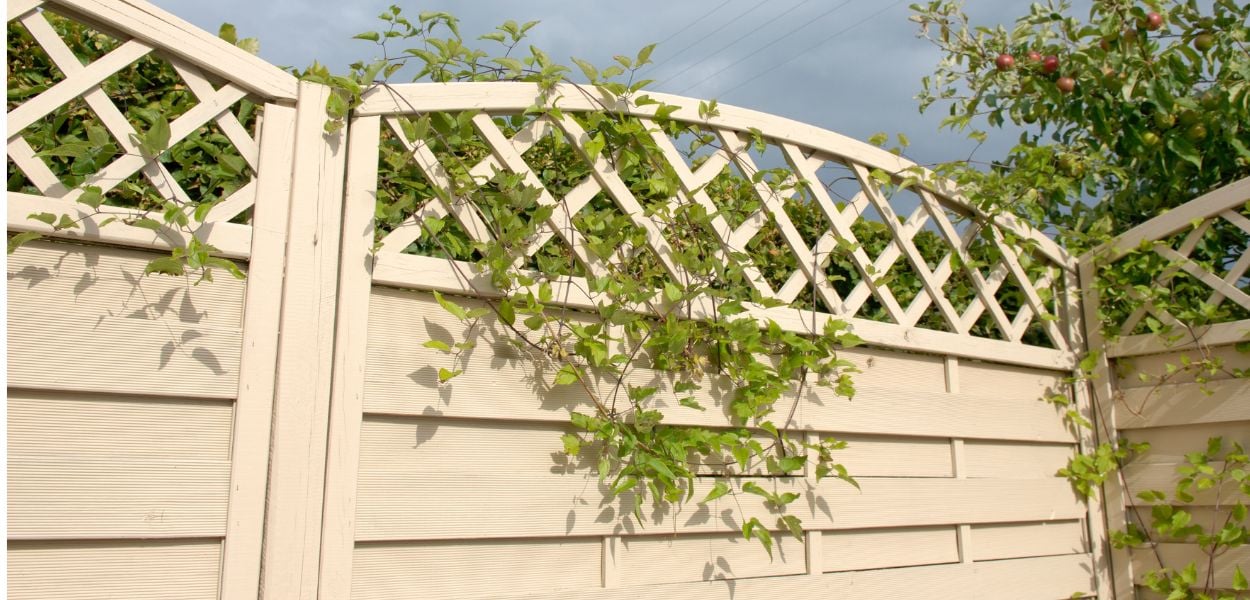Lifestyle
The Rise of Sustainable Fencing Solutions: Benefits and Applications

Introduction to Sustainable Fencing
As awareness of ecological issues continues to grow, the demand for sustainable solutions in home and commercial spaces is on the rise. Sustainable fencing is a key player in this transformation, providing an environmentally friendly alternative to traditional materials. Increasingly, individuals seeking a responsible fence builder are pivoting towards designs that not only fulfill functional and aesthetic demands but also minimize environmental footprints.
Historically, conventional fencing options, primarily involving the use of virgin wood and non-recyclable metals, played a significant role due to their cost-effectiveness and availability. Yet, these materials often lead to detrimental environmental impacts, such as deforestation and exacerbated landfill accumulation. Today’s shift towards eco-friendly alternatives reflects an enduring commitment to sustainable practices, aiming to ensure a healthier planet for future generations.
Why Sustainability Matters in Fencing
The necessity of sustainability within the fencing industry is more pertinent than ever. Opting for sustainable fencing aligns with a broader movement towards environmental conservation, a philosophy that spans various global industries. By making conscious choices when selecting eco-friendly fencing materials, consumers actively participate in reducing the environmental degradation caused by conventional methods.
According to the Environmental Protection Agency (EPA), sustainable practices are crucial in diminishing waste production, lowering greenhouse gas emissions, and preserving invaluable natural resources. This transformation within the fencing industry signifies a more profound understanding of our ecological responsibilities and highlights a necessary pivot towards sustainable living models across the board.
Popular Materials for Sustainable Fencing
The landscape of sustainable fencing is characterized by innovative applications of materials that prioritize environmental welfare. Bamboo, frequently acknowledged for its rapid growth rate and renewability, provides a natural aesthetic that beautifully complements diverse outdoor environments. Its sustainability credentials are further bolstered by its minimal pesticide requirements and robust growth cycle.
Recycled metals, too, stand out as a sustainable choice, alleviating waste by breathing new life into formerly discarded materials. This recycling process diminishes the demand for virgin resources while promoting a circular economy. Meanwhile, reclaimed wood introduces a nostalgic charm coupled with exceptional durability, rendering it a favorite among those who appreciate character and longevity in their design choices. As technological advancements progress, composite materials are becoming increasingly prevalent, offering robust alternatives that resist environmental wear while maintaining sustainability.
Comparative Analysis: Traditional vs. Sustainable Fencing
Evaluating traditional versus sustainable fencing solutions involves a meticulous examination of factors, including landscape design and build, cost, durability, and ecological impact. Traditional options may initially appear financially attractive with their lower upfront costs. However, these benefits are often outweighed by their hidden environmental costs, stemming from resource extraction processes and subsequent waste generation.
Conversely, sustainable fencing solutions, although potentially more expensive at the outset, offer substantial long-term benefits. These include reduced maintenance costs and a longer lifespan because of their resilience against wear and tear. For those interested in understanding the deeper implications of construction materials on the environment, an overview of environmentally friendly construction materials presented by industry experts provides insightful perspectives on current trends and potential future directions in sustainable practices.
Applications of Sustainable Fencing
Sustainable fencing exhibits notable versatility, serving numerous applications across residential, commercial, and agricultural landscapes. In residential settings, these fences enhance property aesthetics while delivering unparalleled privacy and security. Owners often view residential fence companies sustainable fencing as a reflection of their environmental consciousness, offering peace of mind alongside tangible, eco-friendly benefits.
For commercial environments, sustainable fencing serves as a testament to a company’s commitment to environmental responsibility, enhancing its public image and appeal among environmentally-minded consumers. In agriculture, these fences offer durable solutions that safeguard livestock and crops while minimizing ecological disturbance, proving invaluable in regions where environmental conditions can be particularly harsh.
Tips for Choosing the Right Sustainable Fence
Selecting the optimal sustainable fence involves careful consideration of multiple factors, including climate, budget, and personal style preferences. In regions characterized by significant moisture exposure, materials such as treated bamboo or advanced composites stand as resilient options capable of resisting premature decay. In high-traffic areas necessitating robust endurance, recycled metals, and durable composite alternatives often meet these demands.
Striking a balance between quality and cost stands paramount. Although some sustainable choices may require a greater initial investment, their inherent durability and reduced need for frequent replacements or maintenance contribute to long-term financial savings. By weighing these factors effectively, individuals and organizations can make smart decisions that align with both practical needs and environmentally responsible objectives.
Conclusion: The Path Forward for Eco-Friendly Fencing
Embracing sustainable fencing practices represents a synergistic integration of environmental stewardship and practical utility. By selecting eco-conscious fencing solutions, households and businesses alike actively contribute to an overarching global narrative focused on the preservation and conservation of natural resources. As technological innovation accelerates and social priorities converge on sustainability, the widespread adoption of sustainable fencing practices becomes more than an aspiration— it emerges as an industry norm that reinforces our commitment to planetary care.
